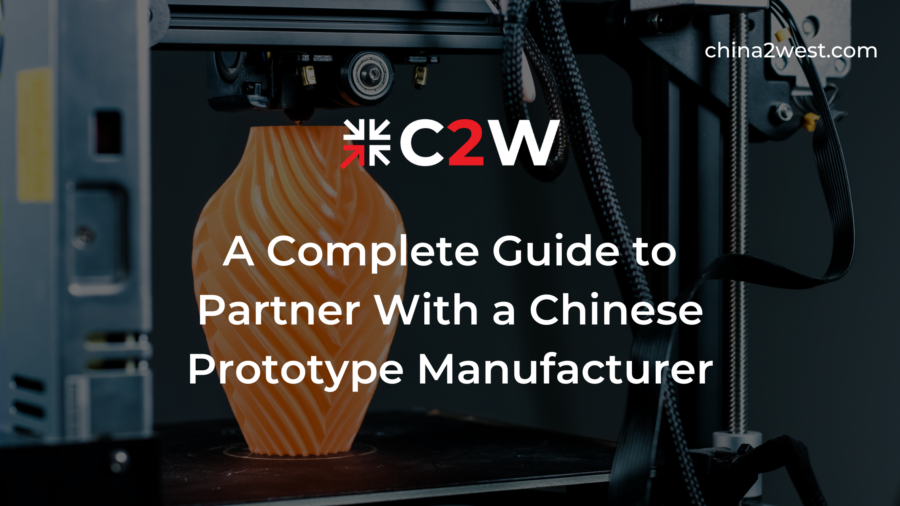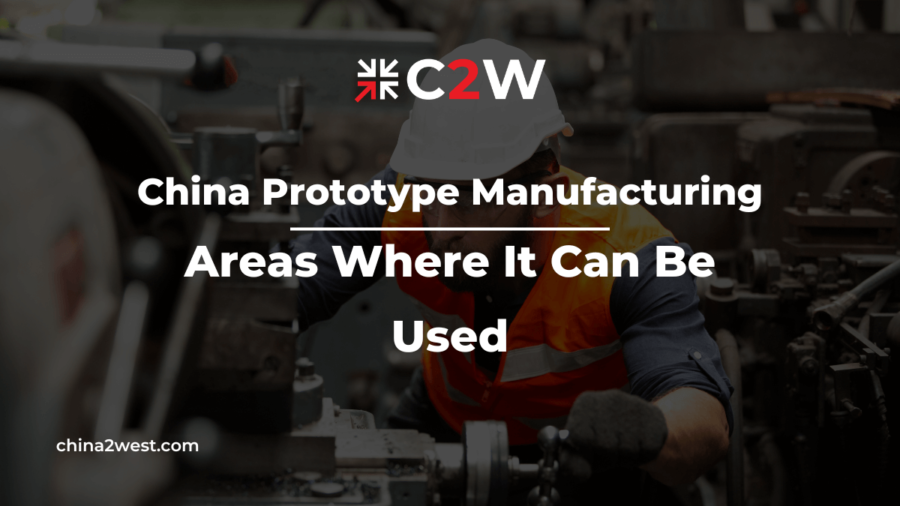If you’re looking to turn your product idea into a reality, partnering with a Chinese prototype manufacturer can be a game-changer. China has long been a hub for manufacturing, and with the right approach, you can leverage the expertise and cost-efficiency of Chinese manufacturers to bring your prototypes to life.
In this comprehensive guide, we will walk you through the steps to successfully partner with a Chinese prototype manufacturer, from finding the right partner to navigating cultural differences and ensuring the quality of your prototypes.
Understanding the Importance of Prototyping
Before we delve into the details of partnering with a Chinese prototype manufacturer, let’s first understand why prototyping is crucial in product development. Prototyping is the process of creating a preliminary model or sample of your product. It serves several purposes:
1. Testing and Validation
Prototypes allow you to test your product’s design and functionality before mass production begins. This helps identify flaws and make necessary improvements, saving time and money in the long run.
2. Attracting Investors
Having a tangible prototype can be a powerful tool when seeking funding from investors or presenting your product to potential customers. It demonstrates your commitment and vision for the product.
3. Customization and Design Refinement
Prototyping enables you to fine-tune the design and tailor the product to meet specific customer needs and preferences.
Finding the Right Chinese Prototype Manufacturer
Now that we understand the importance of prototyping, let’s explore the steps to find the right Chinese manufacturer for your project:
1. Conduct Thorough Research
Start by researching Chinese prototype manufacturers online. Look for companies with a strong track record in your industry and positive reviews from previous clients.
Pay attention to their capabilities, such as the types of materials they work with and their production capacity.
Research forms the foundation of your successful partnership. Delve deep into the manufacturer’s history, looking for evidence of quality work and reliability. Customer testimonials and case studies can provide valuable insights into their performance.
Additionally, check if they specialize in your industry or have experience with similar projects, as this expertise can streamline the production process.
2. Request Quotes and Samples
Contact multiple manufacturers and request quotes for your project. Additionally, ask for samples of their previous work to assess the quality of their prototypes. This will help you make an informed decision based on cost and quality.
Quotes and samples allow you to compare different manufacturers effectively. While price is a significant factor, remember that quality should never be compromised.
Examine the samples closely, considering factors such as material quality, finishing, and attention to detail. A slightly higher cost for superior quality may pay off in the long run.
3. Evaluate Communication Skills
Effective communication is crucial when partnering with a manufacturer from a different country.
Ensure that the manufacturer’s team can communicate fluently in English or your preferred language. Clear communication will help prevent misunderstandings and delays in your project.
Language barriers can be a major hurdle in international collaborations. Evaluate the manufacturer’s language proficiency not just in written communication but also in verbal interactions.
A language barrier can lead to misinterpretations and errors, which can affect the project timeline and quality. Choose a manufacturer that can bridge this gap effectively.
4. Visit the Manufacturer
If possible, consider visiting the manufacturer’s facility in China. This will give you a firsthand look at their production processes and quality control measures. It also allows you to build a personal relationship with your manufacturing partner.
A site visit offers unmatched insights into how your prototypes will be produced. You can assess the working conditions, technology, and the overall environment.
Meeting the team in person fosters trust and transparency, making it easier to address any concerns or modifications as the project progresses.
Navigating Cultural Differences
Working with a Chinese prototype manufacturer may involve cultural differences. Here are some tips for navigating these differences successfully:
1. Build Relationships
In Chinese business culture, building strong personal relationships is important. Take the time to get to know your manufacturing partner and their team. Building trust can lead to smoother collaboration.
Cultivating relationships takes time but pays off in the long run. Engage in discussions beyond business matters to establish a personal connection. Showing genuine interest in your Chinese counterparts and their culture demonstrates respect and fosters mutual understanding.
2. Be Patient
Chinese business negotiations may take longer than you’re used to. Be patient and avoid rushing the process. Decisions are often made collectively, so expect multiple rounds of discussions.
The pace of business in China can be slower compared to Western countries. This should be anticipated and embraced as part of the cultural experience. Rushing negotiations can lead to misunderstandings or missed opportunities. Allow time for thorough discussions and consensus-building.
3. Understand Hierarchical Structure
Chinese companies often have a hierarchical structure. Respect this hierarchy, and be mindful of addressing the most senior person in the room first during meetings and negotiations.
Hierarchy plays a significant role in Chinese business culture. Acknowledge the seniority of individuals within the organization, as this reflects respect for their experience and authority. Addressing the most senior person first is a sign of courtesy and professionalism.
Ensuring Quality Control
Maintaining quality control is vital when working with a Chinese prototype manufacturer. Here are steps to ensure your prototypes meet your standards:
1. Establish Quality Standards
Clearly define your quality standards and expectations to the manufacturer. Provide detailed specifications and requirements for your prototypes.
Quality standards are the cornerstone of your project’s success. Create a comprehensive document outlining every aspect of quality, from material specifications to finishing details.
Leave no room for ambiguity, ensuring that both you and the manufacturer have a shared understanding of what constitutes a high-quality prototype.
2. Regular Inspections
Consider hiring a third-party inspection service to conduct regular inspections during production. This helps identify and address any quality issues early on.
Third-party inspections offer an objective assessment of the prototypes. These inspectors are trained to spot deviations from your established quality standards.
Regular inspections provide a safety net, allowing you to catch and rectify issues before they escalate and affect the overall quality of your prototypes.
3. Communicate Openly
Maintain open and transparent communication with your manufacturing partner regarding any concerns or changes in the project. Address issues promptly to prevent them from escalating.
Communication is the glue that holds your partnership together. If you encounter any quality-related concerns, discuss them openly and constructively with the manufacturer.
Timely communication allows for quick resolutions, reducing the chances of misunderstandings or disputes.
Partnering with a Chinese prototype manufacturer can be a rewarding experience when done right. It allows you to tap into China’s manufacturing expertise and cost-effectiveness while bringing your product ideas to life. By following these guidelines, you can navigate the process successfully and turn your prototypes into market-ready products. Working with a reputable company for prototype development is a great way to kick off the journey, one like C2W with their own design and development prowess and technology. Contact us now!



